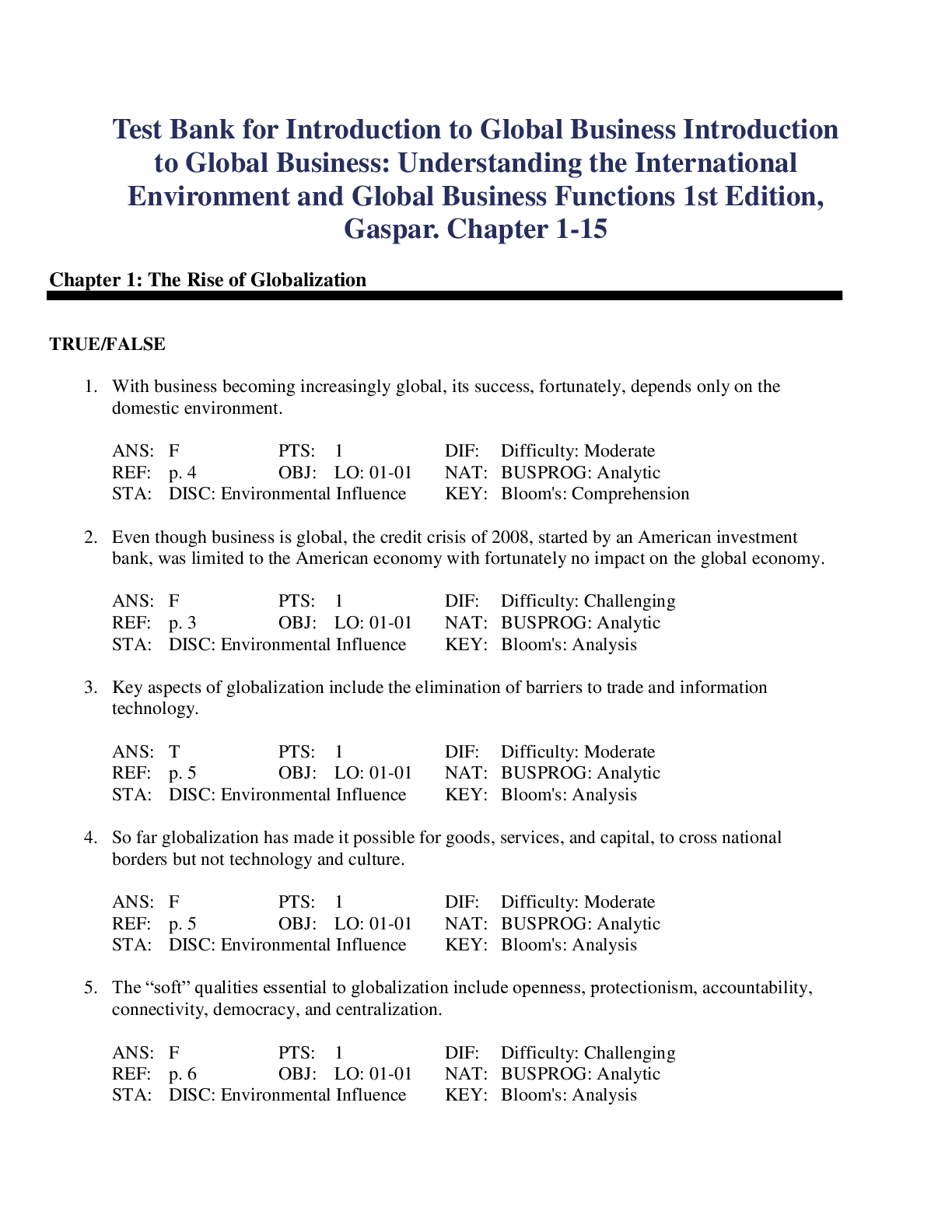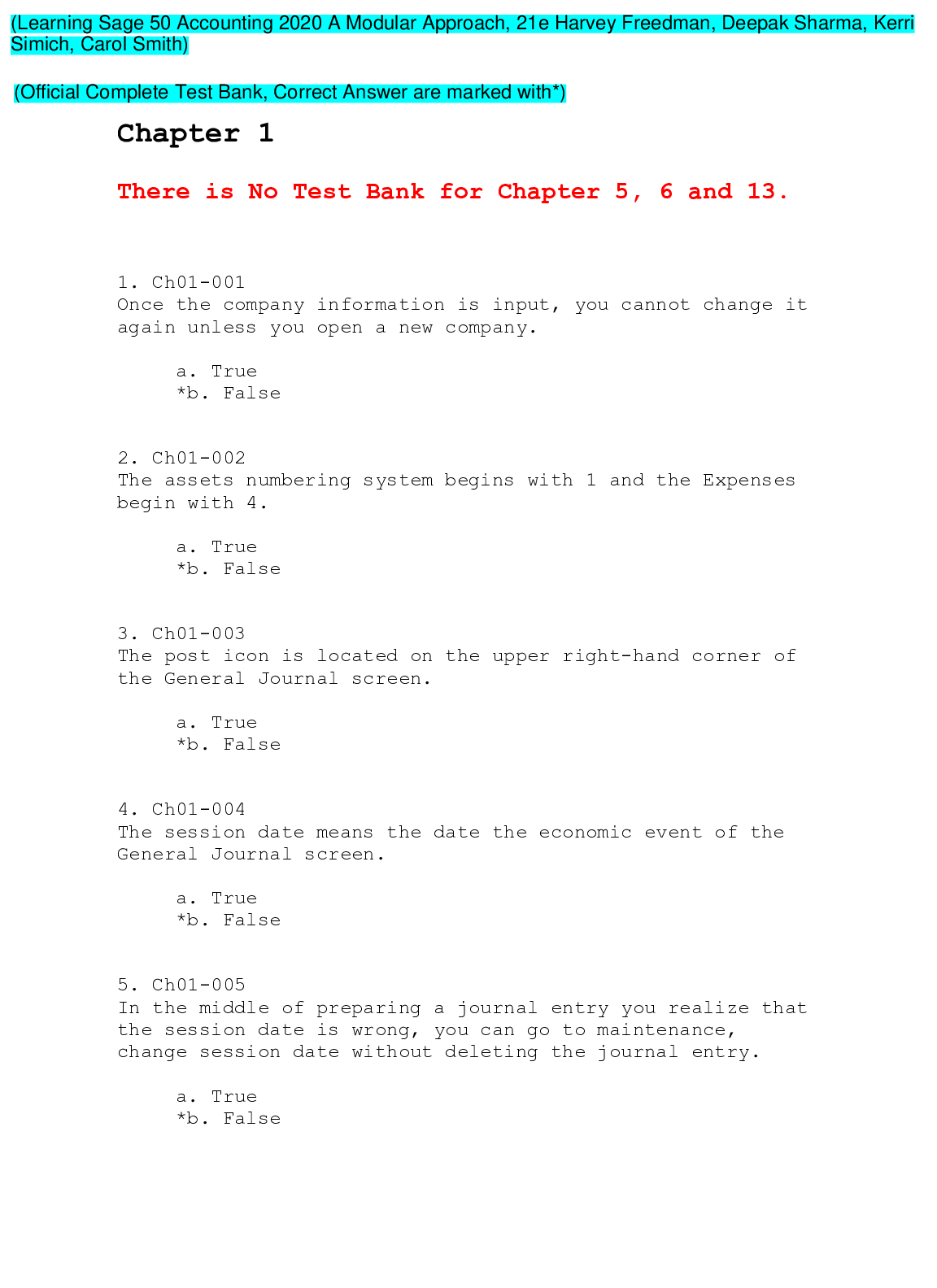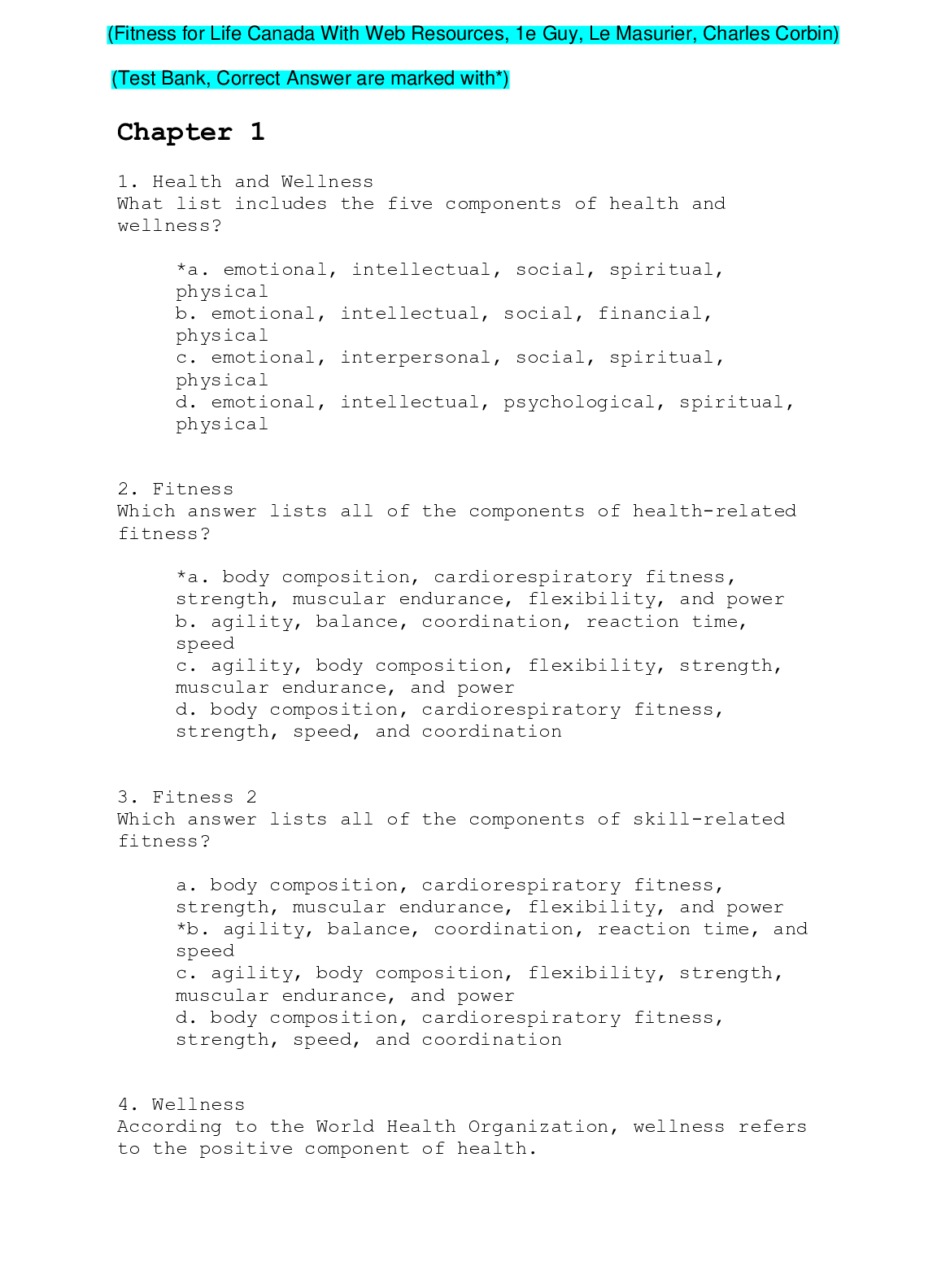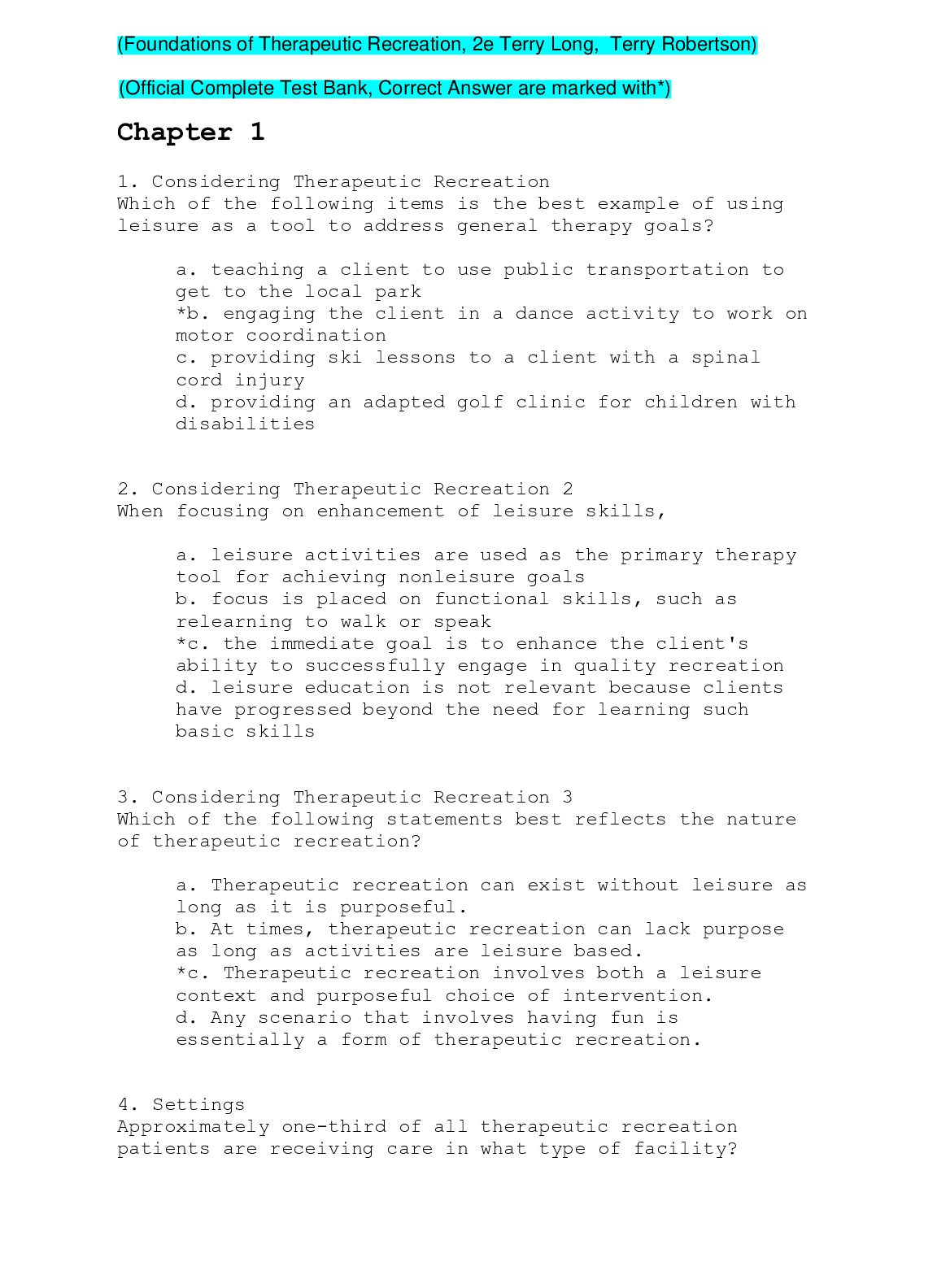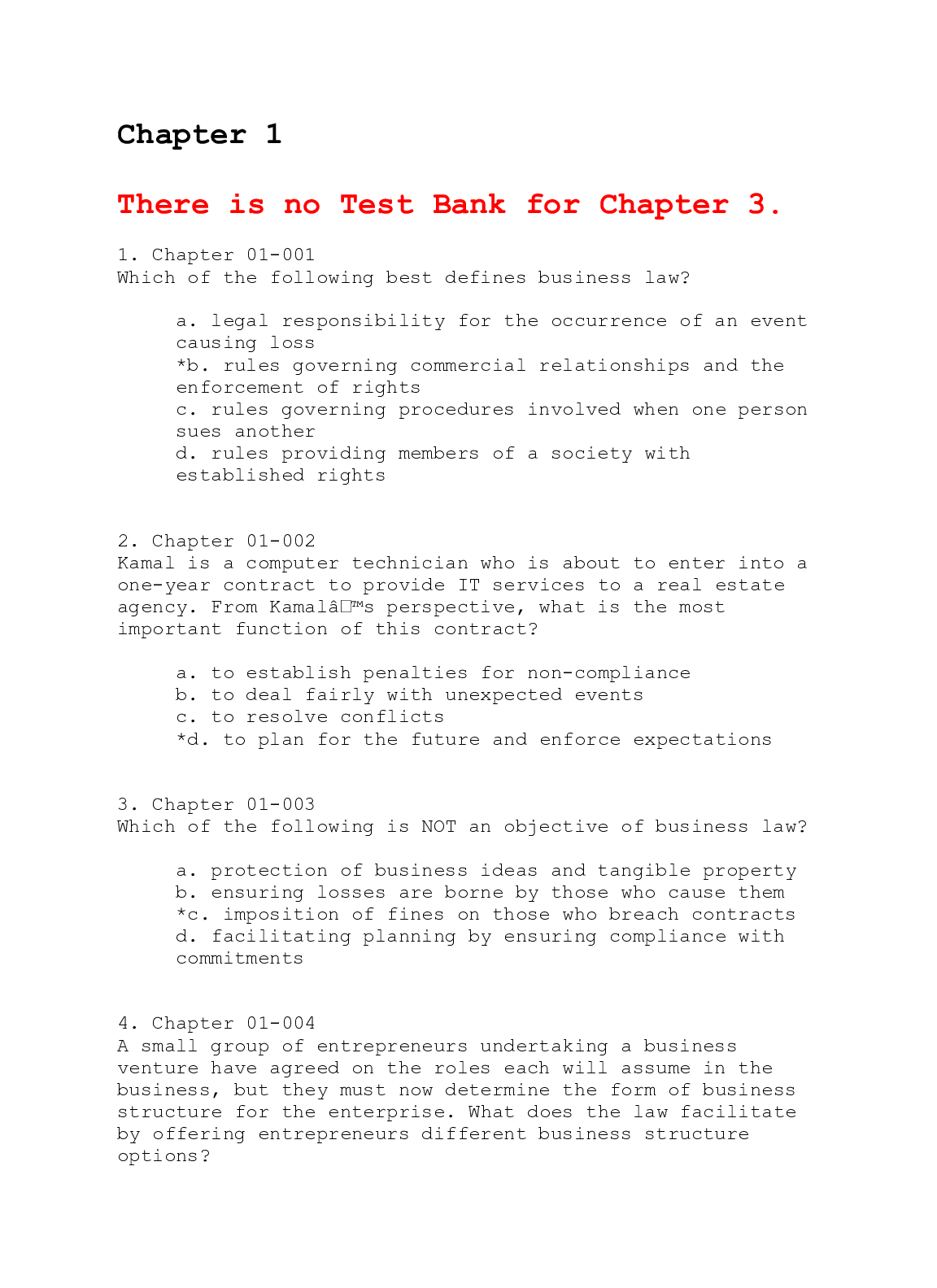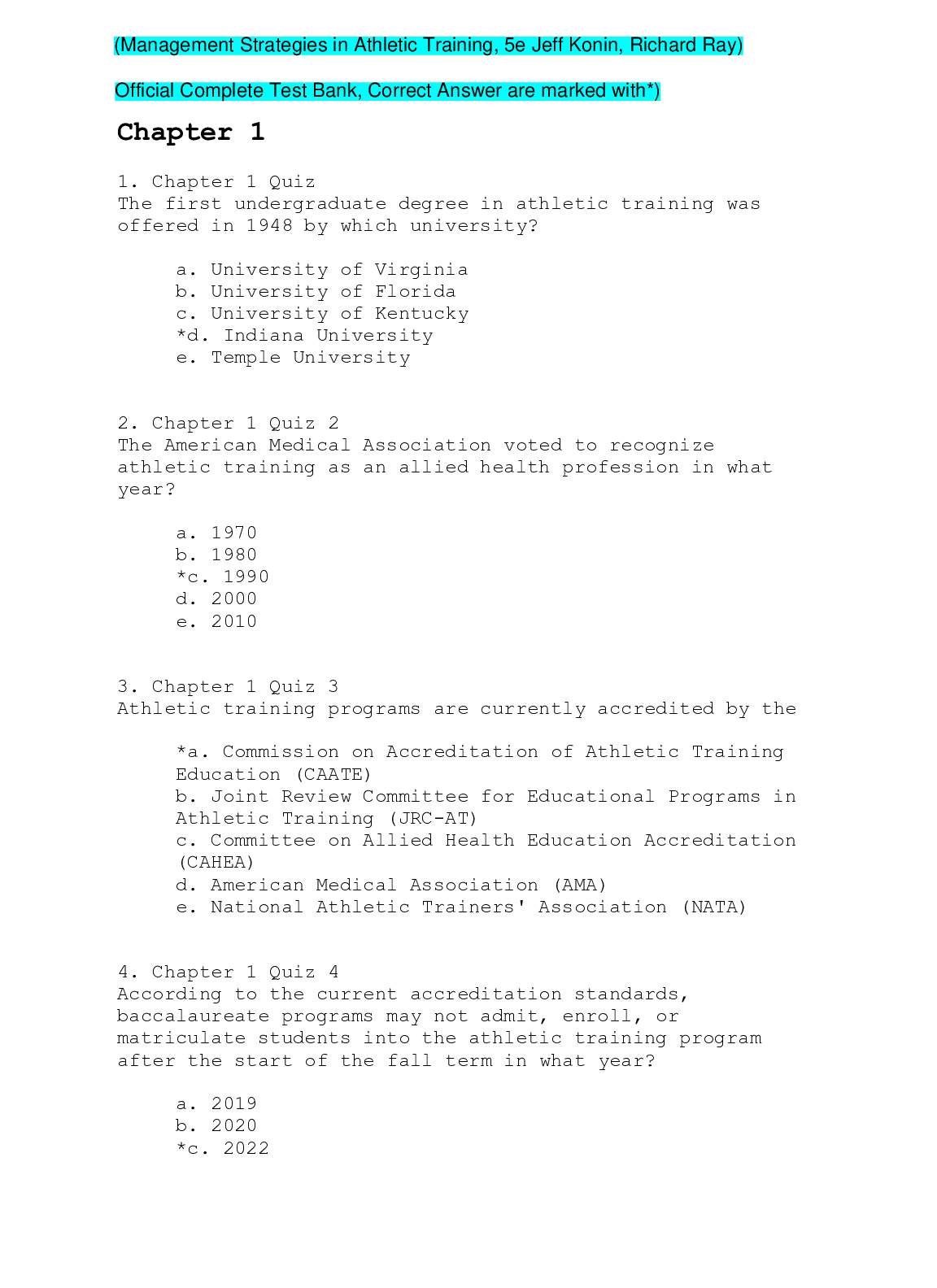*NURSING > TEST BANK > Test_Bank_Pathophysiology_The_Biologic_Basis_for_Disease_in_Adults_and_Children_8th (All)
Test_Bank_Pathophysiology_The_Biologic_Basis_for_Disease_in_Adults_and_Children_8th
Document Content and Description Below
We’re happy that you choose us over all the websites out there, We hope you’re satisfied with your order, I’m happy to inform you that you have now a COUPON CODE of 20% for your latest purc... hases from our store : THANKS20AT And If you have any questions, feel free to contact us at [email protected] TEST BANK PATHOPHYSIOLOGY THE BIOLOGIC BASIS FOR DISEASE IN ADULTS AND CHILDREN 8th Edition Kathryn L. McCance, Sue E. Huether 2 Contents Chapter 01: Cellular Biology..........................................................................................................................4 Chapter 02: Altered Cellular and Tissue Biology: Environmental Agents...................................................18 Chapter 03: The Cellular Environment: Fluids and Electrolytes, Acids and Bases......................................31 Chapter 04: Genes and Genetic Diseases...................................................................................................44 Chapter 05: Genes, Environment-Lifestyle, and Common Diseases...........................................................55 Chapter 06: Epigenetics and Disease..........................................................................................................63 Chapter 07: Innate Immunity: Inflammation and Wound Healing.............................................................68 Chapter 08: Adaptive Immunity..................................................................................................................83 Chapter 09: Alterations in Immunity and Inflammation.............................................................................95 Chapter 10: Infection ................................................................................................................................108 Chapter 11: Stress and Disease.................................................................................................................117 Chapter 12: Cancer Biology.......................................................................................................................124 Chapter 13: Cancer Epidemiology.............................................................................................................137 Chapter 14: Cancer in Children.................................................................................................................143 Chapter 15: Structure and Function of the Neurologic System................................................................148 Chapter 16: Pain, Temperature Regulation, Sleep, and Sensory Function...............................................159 Chapter 17: Alterations in Cognitive Systems, Cerebral Hemodynamics, and Motor Function...............174 Chapter 18: Disorders of the Central and Peripheral Nervous Systems and the Neuromuscular Junction ..................................................................................................................................................................188 Chapter 19: Neurobiology of Schizophrenia, Mood Disorders, and Anxiety Disorders ...........................199 Chapter 20: Alterations of Neurologic Function in Children.....................................................................206 Chapter 21: Mechanisms of Hormonal Regulation...................................................................................213 Chapter 22: Alterations of Hormonal Regulation .....................................................................................222 Chapter 23: Obesity and Disorders of Nutrition.......................................................................................234 Chapter 24: Structure and Function of the Reproductive Systems..........................................................239 Chapter 25: Alterations of the Female Reproductive System ..................................................................249 Chapter 26: Alterations of the Male Reproductive System......................................................................259 Chapter 27: Sexually Transmitted Infections............................................................................................265 Chapter 28: Structure and Function of the Hematologic System.............................................................273 Chapter 29: Alterations of Erythrocytes, Platelets, and Hemostatic Function.........................................283 3 Chapter 30: Alterations of Leukocyte and Lymphoid Function ................................................................293 Chapter 31: Alterations of Hematologic Function in Children..................................................................300 Chapter 32: Structure and Function of the Cardiovascular and Lymphatic Systems ...............................311 Chapter 33: Alterations of Cardiovascular Function.................................................................................324 Chapter 34: Alterations of Cardiovascular Function in Children ..............................................................338 Chapter 35: Structure and Function of the Pulmonary System................................................................346 Chapter 36: Alterations of Pulmonary Function.......................................................................................356 Chapter 37: Alterations of Pulmonary Function in Children.....................................................................373 Chapter 38: Structure and Function of the Renal and Urologic Systems .................................................381 Chapter 39: Alterations of Renal and Urinary Tract Function ..................................................................391 Chapter 40: Alterations of Renal and Urinary Tract Function in Children................................................401 Chapter 41: Structure and Function of the Digestive System...................................................................409 Chapter 42: Alterations of Digestive Function..........................................................................................421 Chapter 43: Alterations of Digestive Function in Children .......................................................................432 Chapter 44: Structure and Function of the Musculoskeletal System.......................................................441 Chapter 45: Alterations of Musculoskeletal Function ..............................................................................453 Chapter 46: Alterations of Musculoskeletal Function in Children............................................................466 Chapter 47: Structure, Function, and Disorders of the Integument.........................................................475 Chapter 48: Alterations of the Integument in Children............................................................................486 Chapter 49: Shock, Multiple Organ Dysfunction Syndrome, and Burns in Adults....................................494 Chapter 50: Shock, Multiple Organ Dysfunction Syndrome, and Burns in Children ................................502 Test Bank - Pathophysiology: The Biologic Basis for Disease in Adults and Children (8th) 4 Chapter 01: Cellular Biology MULTIPLE CHOICE 1. Which statement best describes the cellular function of metabolic absorption? a. Cells can produce proteins. b. Cells can secrete digestive enzymes. c. Cells can take in and use nutrients. d. Cells can synthesize fats. ANS: C In metabolic absorption, all cells take in and use nutrients and other substances from their surroundings. The remaining options are not inclusive in their descriptions of cellular metabolic absorption. PTS: 1 DIF: Cognitive Level: Remembering 2. Where is most of a cell’s genetic information, including RNA and DNA, contained? a. Mitochondria b. Ribosome c. Nucleolus d. Lysosome ANS: C The nucleus contains the nucleolus, a small dense structure composed largely of RNA, most of the cellular DNA, and the DNA-binding proteins, such as the histones, which regulate its activity. The mitochondria are responsible for cellular respiration and energy production. Ribosomes’ chief function is to provide sites for cellular protein synthesis. Lysosomes function as the intracellular digestive system. PTS: 1 DIF: Cognitive Level: Remembering 3. Which component of the cell produces hydrogen peroxide (H2O2) by using oxygen to remove hydrogen atoms from specific substrates in an oxidative reaction? a. Lysosomes b. Peroxisomes c. Ribosomes d. Endosome ANS: B [Show More]
Last updated: 11 months ago
Preview 1 out of 511 pages

Reviews( 0 )
Document information
Connected school, study & course
About the document
Uploaded On
Jul 21, 2022
Number of pages
511
Written in
Additional information
This document has been written for:
Uploaded
Jul 21, 2022
Downloads
0
Views
109

.png)
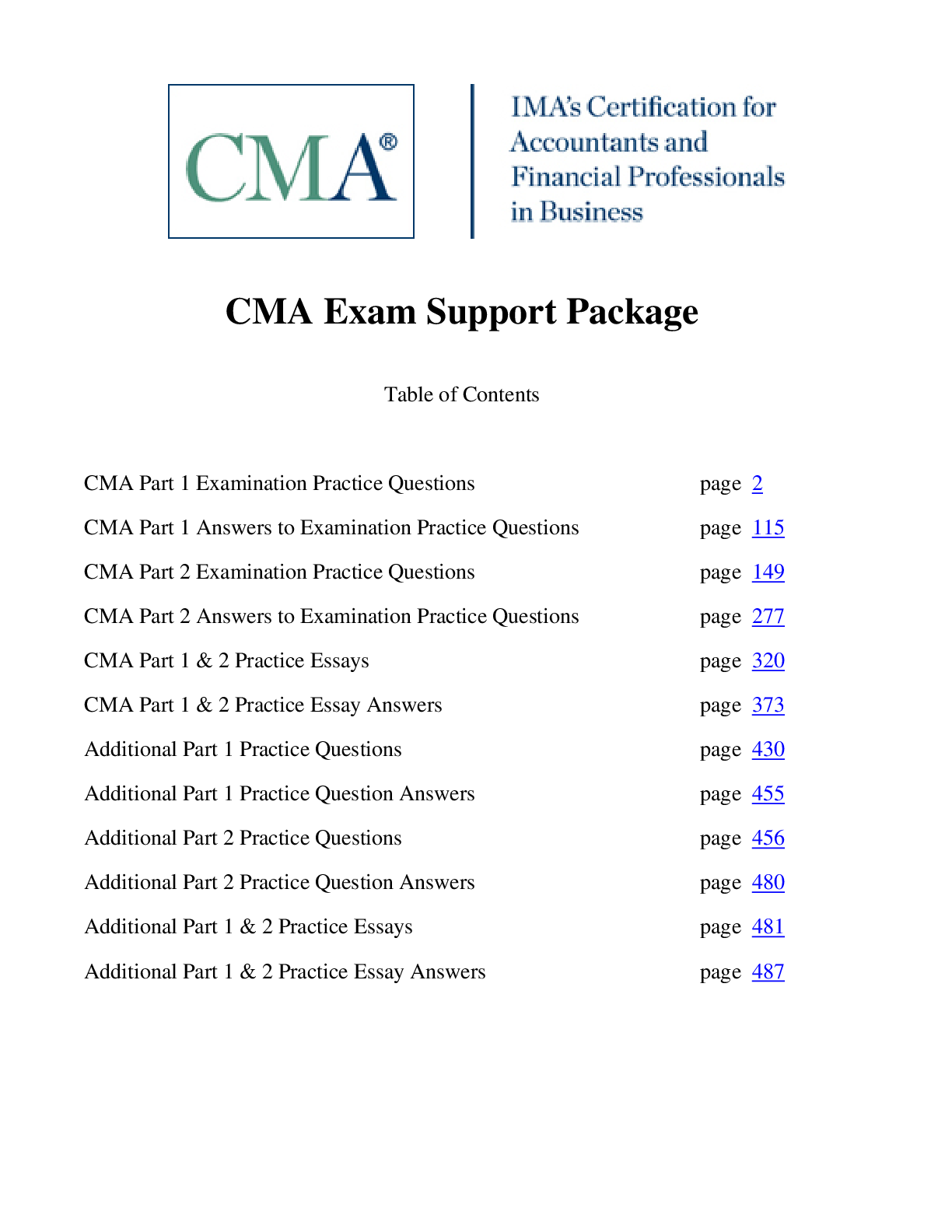








.png)
